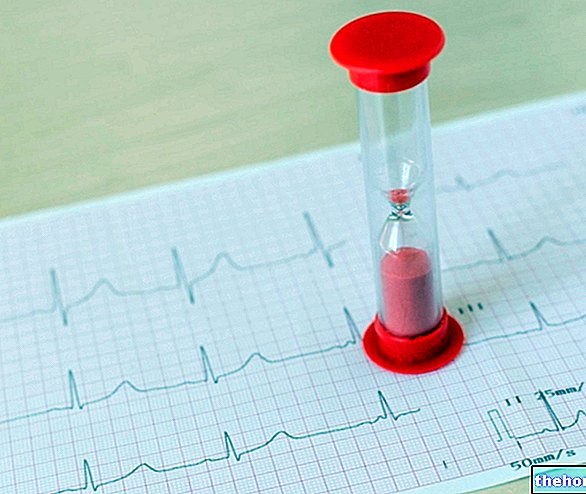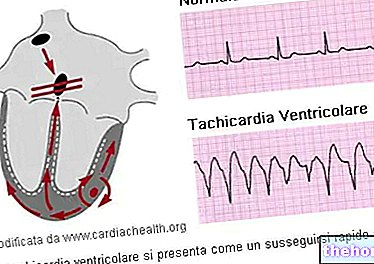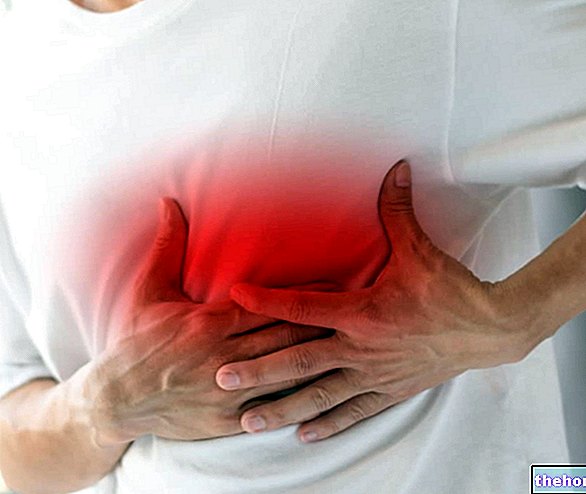Cardiovascular Adaptations in Pregnancy
Pregnancy determines a whole series of haemodynamic changes, necessary to meet the nutritional needs of the fetus. These include the "increase in circulating blood volume, systolic output and heart rate; the latter, in particular, begins to rise from the fourth week after conception and continues to increase throughout the rest of pregnancy. In view of the birth, the heart rate will have increased by about 15 beats per minute compared to the pre-pregnancy values, while a fifth of the maternal circulating blood will constantly flow to the uterus.

With the same effort, systolic output and heart rate increase more in pregnant women than in non-pregnant women during physical exercise.
During labor, cardiac output increases by a further 10%, while after delivery the heart rate and pulse output decrease rapidly at first, then more gradually; pre-pregnancy levels will be reached approximately 6 weeks after delivery.
Normal values
During a normal pregnancy, the heart rate goes from the canonical 70 beats per minute to 80-90 bpm.
Values during physical activity
During pregnancy, high intensity workouts are strongly discouraged, to avoid unnecessary risks of fetal hypoxia (decrease in oxygen to the fetus due to the high metabolic needs of the maternal organism committed to sustaining exhausting efforts).
Rather than recommending rigid values regarding ideal heart rates, to be respected during workouts, it is certainly better to customize the expected intensity level to the maximum. It is therefore advisable to:
train at heart rates between 50 and 70% of the HRmax, or train at an effort level between the tenth and fifteenth points on the Borg scale.




























